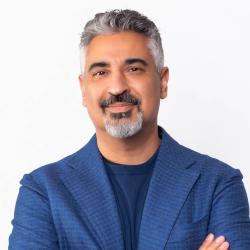
As health care shortages persist across the nation, policymakers are under increasing pressure to fix the system. To that end, they have placed their faith almost exclusively in boosting the number of primary care providers, including nurse practitioners (NPs) and physician associates (PAs). Their hope is that these primary care providers will improve wellness in the population sufficiently so that the need for medical and surgical specialists (not to mention behavioral health providers) will decrease.
That wish for wellness (and decreased utilization) hasn’t materialized — not with DRGs in the ‘80s, HMOs in the ‘90s, or ACOs in the 2010s — nor is it likely to now, given the growing, aging population.
Instead, policymakers should be facilitating the creation of care teams in which physicians (and other providers) practice at the top of their skill sets and figuring out how to incentivize patients to use less expensive options for care.
But to really address the policy changes needed to relieve shortages, we must first look at the workforce projections that guide them. One glaring issue lies in the inability of workforce models to capture the interconnectedness of how care is provided to patients.
A new paper published today by the AAMC Research and Action Institute's first fellow in residence, Gaetano Forte, from the Center for Health Workforce Studies at the University at Albany, SUNY, examines ways to better understand the roles of NPs and PAs — two professions that have experienced tremendous growth over the past decade.
How Improved Health Workforce Projection Models Could Support Policy
As greater numbers of NPs and PAs continue to enter the workforce, this paper underscores the crucial need to incorporate knowledge and data on the complexities of team-based care workloads into projection models and reframe workforce practice and policy parameters to better reflect reality.
My AAMC colleagues on the Workforce Studies team have been leaders in producing the most widely recognized projections to date. This year, the AAMC and the institute have also partnered with the RAND Corporation to develop a new workforce simulation model that can more accurately project the future supply of and need for physicians by accounting for a range of care delivery scenarios, including changes in nonphysician providers’ roles in clinical care, changes in health care utilization, and more.
Be on the lookout for news on this exciting project coming this fall. And you can view all our work on the health care workforce on our website at AAMCResearchInstitute.org.
As always, I welcome your feedback, advice, and insight.
Atul

